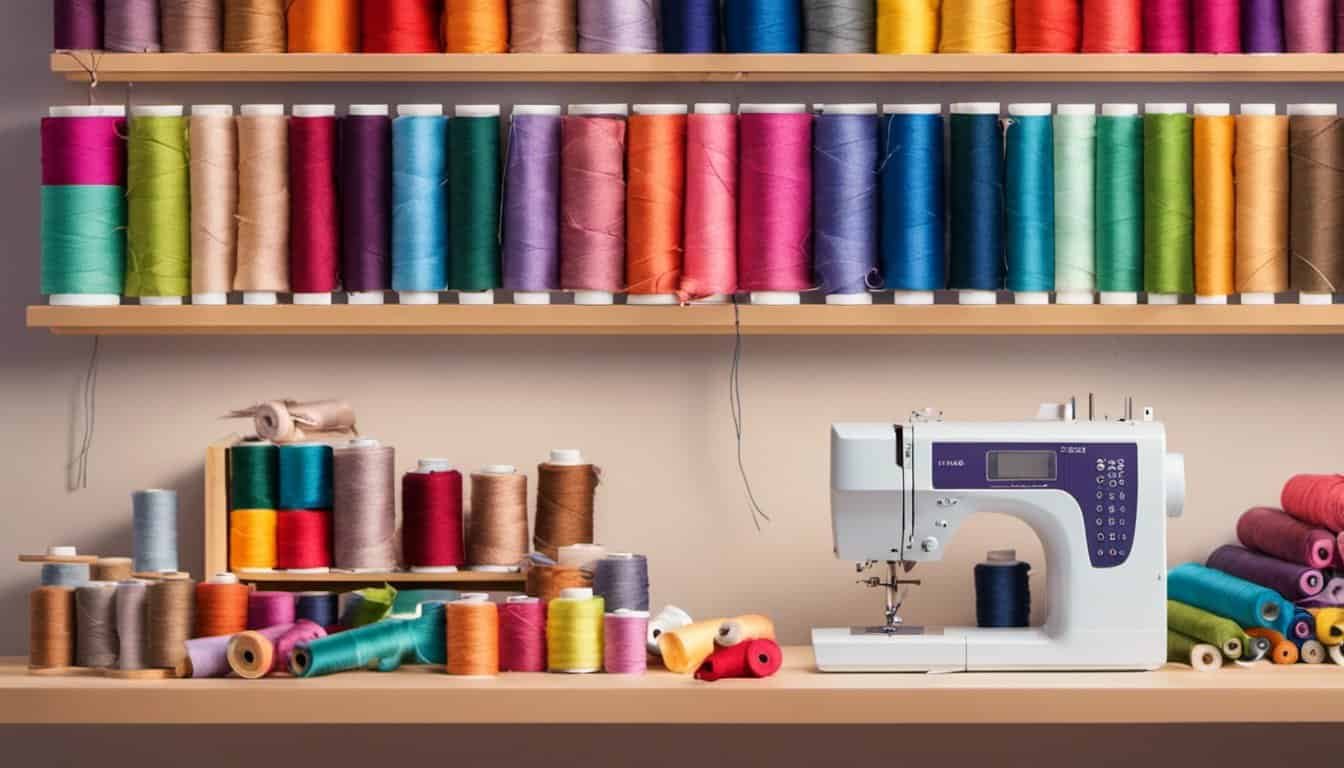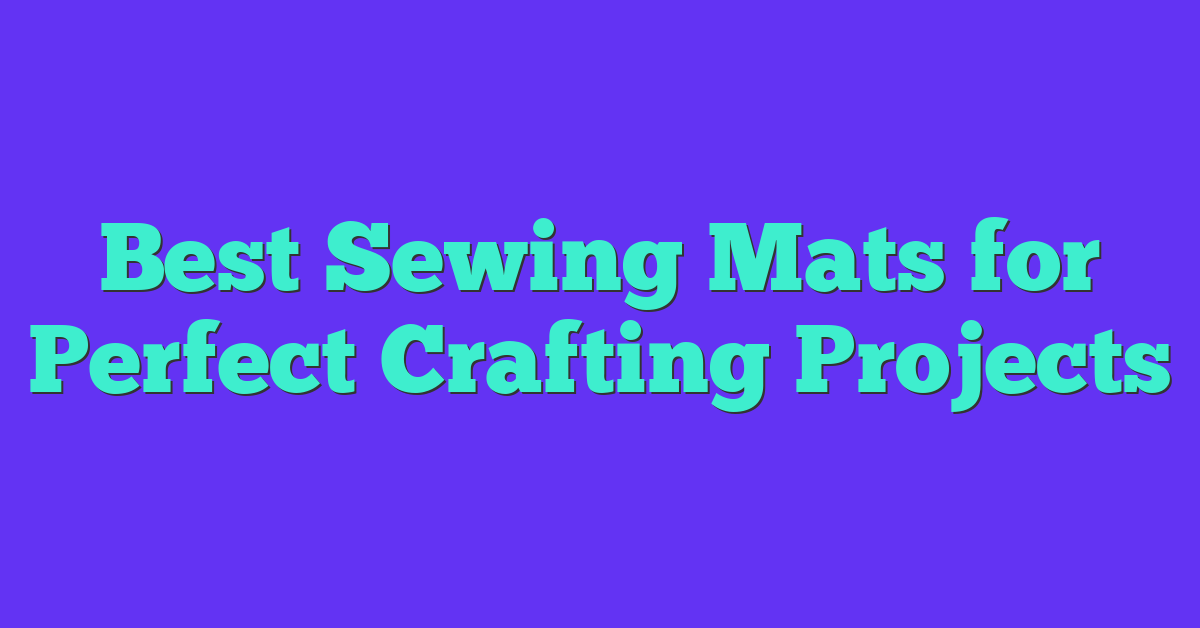Finding the perfect leather fabric for bags is both an art and a science. I’ve always been fascinated by how the right material can elevate a simple bag into a timeless accessory. Whether you’re crafting your own or selecting one to purchase, understanding the nuances of different leathers makes all the difference.
In this review, I’ll walk you through various leather types, highlighting their unique qualities and suitability for different styles. From supple full-grain to sleek patent leather, we’ll explore what each fabric brings to the table. Join me as we delve into the world of leather fabrics and discover the best options for your next bag project.
Types of Leather Used in Bags
Choosing the right leather type is crucial for creating durable and stylish bags. Each leather variety offers distinct characteristics suited to different designs and functions.
Full-Grain Leather
Full-grain leather retains the natural texture and imperfections of the hide, providing exceptional strength and durability. I love using it for high-end totes and backpacks because it develops a rich patina over time, enhancing its appearance.
Top-Grain Leather
Top-grain leather is sanded and refinished to remove imperfections, resulting in a smooth and uniform surface. It’s ideal for sleek, modern handbags and wallets since it offers a refined look while maintaining good durability.
Genuine Leather
Genuine leather is a lower-grade option that undergoes extensive processing, making it more affordable. I often use it for budget-friendly accessories like casual shoulder bags and messenger bags, where cost-effectiveness is a priority without sacrificing the leather feel.
Evaluating Quality of Leather Fabrics
Assessing leather quality ensures your bags combine functionality with style. I focus on key factors that determine a leather’s suitability for various bag designs.
Durability
Durability determines a leather’s ability to endure daily use. Thick leathers resist stretching and maintain shape, suitable for backpacks and totes. Additionally, chrome-tanned leather offers moisture resistance, extending the bag’s lifespan. High-quality stitching and reinforced edges prevent wear and tear, ensuring longevity.
Aesthetics
Aesthetics influence a leather’s visual appeal and overall look. Smooth finishes provide a sleek appearance for modern handbags, while textured grains add character to casual styles. Consistent coloring ensures a uniform look, and the development of a rich patina over time enhances the leather’s beauty. Choice of finish, such as matte or glossy, tailors the bag’s design to specific fashion preferences.
Caring for Leather Bags
Proper care extends the life and beauty of your leather bags. Implementing regular maintenance ensures they remain functional and stylish.
Cleaning Tips
I use the following methods to keep leather bags clean:
- Wipe with a Damp Cloth: Gently remove surface dirt using a soft, slightly damp cloth. Avoid soaking the leather to prevent damage.
- Use Mild Soap: For deeper cleaning, mix a small amount of mild soap with water. Apply the solution with a cloth, then wipe off excess moisture.
- Dry Naturally: Let the bag air dry away from direct heat or sunlight to prevent drying and cracking.
- Apply Leather Conditioner: Every few months, apply a leather conditioner to maintain suppleness and protect against moisture.
- Spot Clean Stains: For stubborn stains, use a specialized leather cleaner following the product instructions carefully.
Storage Recommendations
- Keep in a Dust Bag: Store bags in breathable dust bags to protect them from dust and environmental factors while allowing air circulation.
- Maintain Shape: Fill bags with tissue paper or bubble wrap to preserve their shape and prevent creasing.
- Store in a Cool, Dry Place: Avoid areas with high humidity or extreme temperatures, which can cause mold or leather deterioration.
- Avoid Hanging: Store bags flat or upright without hanging, as hooks can distort the bag’s structure over time.
- Regular Inspection: Periodically check stored bags for signs of damage or pests, addressing any issues promptly to maintain their condition.
Comparing Leather with Other Materials
When selecting materials for bags, it’s essential to compare leather with alternatives like fabric, synthetic materials, and vegan options. Each material offers distinct advantages and drawbacks depending on the bag’s intended use and desired aesthetic.
Leather vs. Fabric
Durability: Leather provides superior durability compared to most fabrics. It resists wear and tear, making it ideal for everyday use bags like totes and backpacks.
Maintenance: Fabric bags require regular cleaning, often involving machine washing, which can lead to fading and weakening. Leather only needs occasional wiping and conditioning to maintain its appearance.

Aesthetics: Leather offers a classic, timeless look with a rich texture that improves with age. Fabric options come in various colors and patterns but may lack the same level of sophistication.
Leather vs. Synthetic Materials
Cost: Synthetic materials are generally more affordable than leather, making them a budget-friendly choice for accessories like crossbody bags and wallets.
Environmental Impact: While synthetic alternatives are often marketed as cruelty-free, they are usually made from petroleum-based products, which have a higher environmental footprint compared to responsibly sourced leather.
Performance: Leather excels in water resistance and longevity, whereas synthetic materials may degrade faster when exposed to moisture and heavy use.
Leather vs. Vegan Alternatives
Ethical Considerations: Vegan leather avoids animal products, appealing to environmentally and ethically conscious consumers. However, it typically lacks the breathability and natural feel of genuine leather.
« Join the Monthly Sewing Challenge: Upcycle a Jacket and Transform Your Style
Don’t Miss Out! How to Submit to Our Quilt Block Contest and Win Big »
Variety: Vegan alternatives offer a wide range of textures and colors, providing more design flexibility. Leather has a more limited palette but offers natural variations that enhance its character.
Longevity: High-quality vegan leathers can be durable, but they often don’t match the lifespan of genuine leather. Leather develops a unique patina over time, which synthetic options cannot replicate.
Comparative Table
| Material | Durability | Cost | Maintenance | Aesthetics | Environmental Impact |
|---|---|---|---|---|---|
| Leather | High | High | Low | Classic, timeless | Variable, depends on sourcing |
| Fabric | Medium | Medium | High | Wide range of colors/patterns | Generally lower, but depends on type |
| Synthetic | Medium | Low | Medium | Limited sophistication | High |
| Vegan Leather | Medium | Medium | Medium | Diverse textures/colors | High |
By evaluating these factors, I can determine the most suitable material for different types of bags, ensuring that each choice aligns with the bag’s functionality, style, and target audience.
Top Brands and Their Leather Selections
| Brand | Leather Types | Key Features | Suitable For |
|---|---|---|---|
| Saddleback | Full-Grain Leather, Chrome-Tanned Leather | Exceptional durability, rich patina development | High-end backpacks, rugged totes |
| Coach | Top-Grain Leather, Pebbled Leather | Smooth finish, refined aesthetics | Modern handbags, wallets |
| Gucci | Saffiano Leather, Horsehide Leather | Scratch-resistant, luxurious texture | Designer purses, elegant clutches |
| Ghurka | Vegetable-Tanned Leather, Bridle Leather | Handcrafted quality, natural aging | Classic messenger bags, sophisticated totes |
| Frye | Horween Shell Cordovan, Patent Leather | Premium sheen, outstanding resilience | Stylish boots, premium accessories |
Each brand offers distinct leather options tailored to various bag styles and preferences. Saddleback focuses on robust full-grain leathers suitable for durable, everyday use bags. Coach provides a range of top-grain and pebbled leathers that offer a sleek and modern look ideal for contemporary designs. Gucci’s Saffiano and horsehide leathers are perfect for luxury and designer handbags, known for their resistance to scratches and high-end feel. Ghurka emphasizes handcrafted vegetable-tanned and bridle leathers that age beautifully, making them excellent choices for classic and sophisticated bag styles. Frye’s premium Shell Cordovan and patent leathers deliver a polished finish and exceptional longevity, fitting for stylish boots and high-quality accessories.
Conclusion
Choosing the right leather fabric truly makes a difference in your bag’s style and longevity. I’ve enjoyed exploring the various types and seeing how each one brings something unique to the table. Whether you’re after the timeless durability of full-grain leather or the sleek look of top-grain, there’s a perfect match for every style.

Taking the time to understand the qualities of each leather type helps in making informed decisions for your next bag project. Plus, with the right care, your leather bags can stay beautiful and functional for years to come. I hope this guide helps you find the ideal leather fabric that suits your needs and personal style.
Happy crafting and here’s to creating bags that you’ll cherish for a long time!

















